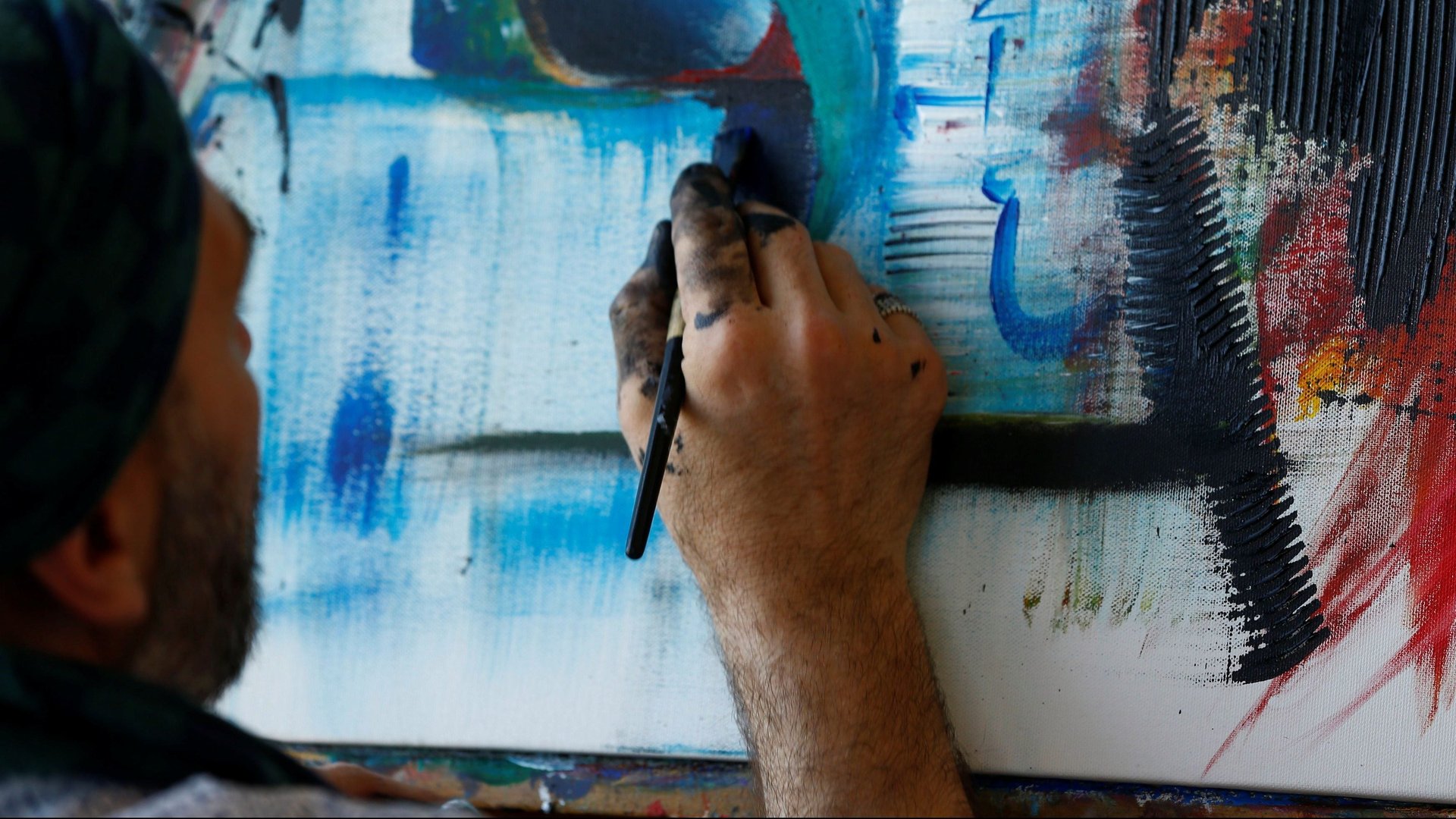Putting all of your star players on one team can stifle creativity
At Apple, Steve Jobs led much of the industrial design charge, while the softer-spoken Steve Wozniak bulletproofed the engineering. In the world of theater, famed lyricist Oscar Hammerstein dreamt up beloved classics such as “The Sound of Music” and “The King and I,” but it was Richard Rodgers who found the music in his partner’s words.


At Apple, Steve Jobs led much of the industrial design charge, while the softer-spoken Steve Wozniak bulletproofed the engineering. In the world of theater, famed lyricist Oscar Hammerstein dreamt up beloved classics such as “The Sound of Music” and “The King and I,” but it was Richard Rodgers who found the music in his partner’s words.
“I hand him a lyric and get out of his way,” Hammerstein reportedly once said.
A growing body of scientific research finds this kind of cognitive diversity is critical for maintaining creativity. Yet it’s not only a matter of people of varying skills or backgrounds together. The most creative teams also include people of varying status.
Quite possibly a universal human motive, status needs are the desire to sit atop a social hierarchy. The positive psychologist Abraham Maslow described this in terms of “reputation or prestige, recognition, attention, importance, or appreciation.” In creative teams, people of varying social statuses—and status needs—relate differently to each other and to the problem at hand.
If a team includes too many high status people—“stars” or “a-players” as they are more commonly known—they will compete for social standing and fail to consider others’ ideas. To make matters worse, the more status people have, the more they crave it, according to UC Berkeley social psychologist Cameron Anderson. He refers to it as the “drug-like effects” of status, and it’s ruinous for collaboration.
“If you have too many stars, all of a sudden the teams begin to flip,” Anderson says.
Think of it in terms of basketball or soccer, he adds. If a team has too many players who won’t perform unless they’re running the show, then team performance will suffer. The solution: Distribute a-players throughout teams, rather than lump them all together. And when a bunch of top performers are in the room, build in the process to give them the esteem that they crave, enabling collaborative work to get done.
How status affects creativity
In a 2017 Bain report, researchers found that high-performing companies were composed of roughly 16% star players, while lower-performing companies were just barely below them, at 15%. One key difference: At high-performing companies, star talent is distributed, not clustered.
Anderson’s own research has found that concentrated status impairs creative output. In one 2016 study, he found that when the most powerful people were made to work together, they often produced the least creative results of any team. In one experiment, people assigned to the leader group were rated by independent judges as being far less creative in coming up with new product ideas than worker groups. Their work was considered the ”least innovative and most uninspired.”
In a separate experiment, groups of high-powered executives were found less effective at picking someone for a hypothetical senior management role than groups of lower-status leaders. Among the lowest-status subjects, 88% of groups came to an agreement on which candidate to hire. In the highest-status groups, just 41% reached a decision.
What it means for organizations
There’s something alluring—and commonsensical—about the notion that if you just get enough a-players in an organization, you’ll succeed. One management theorist called this “the superchicken model,” where you collect as many status-striving, alpha types as possible.
Firms build their entire set of talent processes around this assumption. Hiring, promotions, compensation, development, succession, all are based on this usually unexamined goal of getting as many a-players as possible on every team. “If only we had five of her on this team, we’d clean up the competition” is something we’ve heard ourselves say at times, too.
While a few a-players can be enormously helpful, it’s possible that success is not about out-hiring the competition for these people. It is more about how you form teams, and then how people work together as teams. In short, while we need to take race, gender, and other issues into account to create diverse teams, it turns out we need status diversity too.
David Rock is the director of the NeuroLeadership Institute. Mary Slaughter is executive vice president of global practices and consulting.